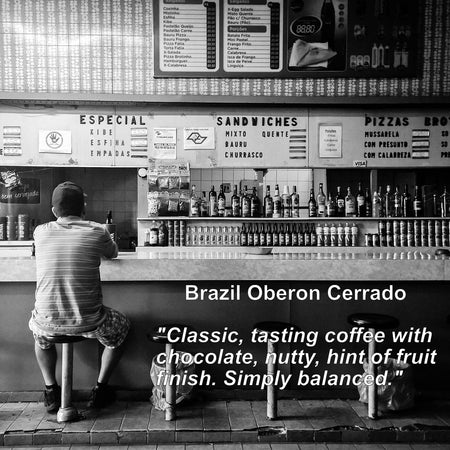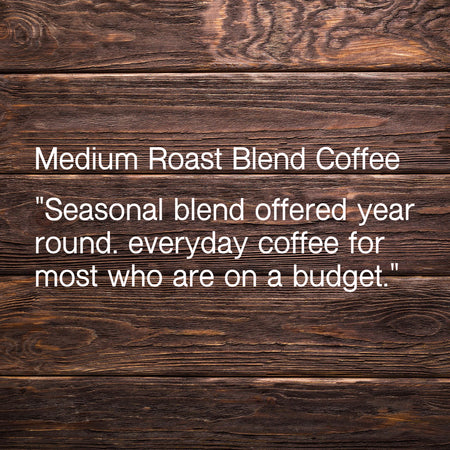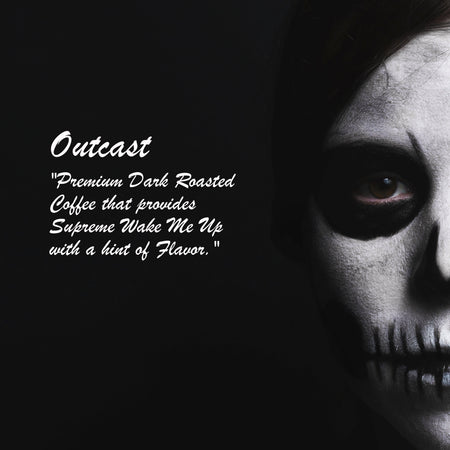Coffee is deeply personal. More personal than most people realize. It's not just about caffeine or that morning ritual that gets you moving – it's about understanding who you are through the choices you make with each cup.
The Beauty of Individual Preferences
Consider this: some coffee drinkers swear by their pitch-black morning brew, savoring every note and nuance that emerges as the temperature drops. Others reach for the creamer without hesitation, transforming their coffee into something sweeter, smoother, and entirely their own. Neither approach is wrong, and both reveal something meaningful about the person holding the mug.
The coffee world often feels divided between "purists" and "casual drinkers," but this distinction misses the point entirely. Whether you're pulling espresso shots on a vintage Olympia Cremina on weekend mornings or simply pressing a button on your trusty Mr. Coffee before rushing to work, you're participating in the same beautiful ritual of coffee appreciation.
Equipment Doesn't Define Expertise
Your brewing method doesn't determine your coffee credibility. The person using Third Wave Water with their Moka Master isn't inherently more sophisticated than someone who enjoys their daily cup with tap water and flavored creamer. What matters is intentionality – knowing what you like and why you like it.
Take regional preferences, for example. Some coffee enthusiasts gravitate toward African coffees with their bright, complex acidity profiles. Others prefer the balanced sweetness of South American beans or the earthiness of Central American varieties. These preferences aren't arbitrary; they reflect your palate's unique fingerprint and your personal journey through coffee exploration.
The Evolution of Taste
Coffee preferences evolve, and that's perfectly natural. Many coffee drinkers start with heavily sweetened, creamy concoctions before gradually appreciating more subtle flavors. Some discover they love light roasts treated almost like tea, with delicate extraction methods that highlight floral notes and bright acidity. Others find their sweet spot in medium roasts that balance complexity with approachability.
Even controversial methods like cold brew have their place. While some find cold brewing strips away too much of coffee's essential character – reducing acidity and emphasizing chocolatey, nutty sweetness – others appreciate exactly these qualities. Cold brew lovers often dislike coffee's natural acidity, and this brewing method delivers precisely what they're seeking.
Temperature and Time: The Overlooked Elements
One of the most underappreciated aspects of coffee enjoyment is how the drinking experience changes over time. As your coffee cools, new flavors emerge. What starts as a straightforward cup can become increasingly complex, revealing layers of taste that weren't apparent at first sip. Some people prefer their coffee piping hot, consumed quickly before rushing out the door. Others savor the transformation, allowing their cup to cool and evolve.
Authenticity Over Conformity
The coffee industry sometimes promotes the idea that there's a "correct" way to appreciate coffee, but authenticity trumps conformity every time. Don't apologize for adding creamer if that's how you enjoy your morning cup. Don't feel pressured to appreciate single-origin light roasts if medium roasts speak to your palate. Your coffee preferences are valid, regardless of current trends or expert opinions.
Exploration Within Comfort
While staying true to your preferences matters, remaining open to exploration enriches your coffee journey. This doesn't mean forcing yourself to enjoy brewing methods or flavor profiles that don't resonate with you. Instead, it means approaching coffee with curiosity while maintaining awareness of what genuinely brings you pleasure.
Maybe you'll discover that you enjoy espresso as an afternoon treat, even if you prefer drip coffee in the morning. Perhaps you'll find that certain origins pair beautifully with your palate, while others leave you cold. These discoveries happen naturally when you approach coffee without judgment – of yourself or others.
The Social Aspect
Coffee is often shared, and these moments reveal how personal preferences can coexist beautifully. Partners with completely different coffee preferences can still enjoy morning rituals together. One person's black coffee and another's sweet cream creation can sit side by side, each perfect for its intended drinker.
Your Coffee Journey Matters
Whether you drink coffee with whiskey (no judgment here), add cinnamon for warmth, or sometimes abandon a cup after just a few sips because it didn't hit right that day – all of these behaviors are part of your unique coffee story. Some people love their car commute coffee, others need their workplace refills, and many enjoy multiple cups throughout the day, each serving a different purpose.
The only requirement for coffee appreciation is honesty with yourself. Understand what you like, why you like it, and give yourself permission to enjoy coffee exactly as it brings you pleasure. Coffee culture is vast enough to accommodate every preference, from the most elaborate brewing rituals to the simplest button-press convenience.
Your coffee journey is yours alone. Embrace it, explore within it, and most importantly, enjoy every single cup along the way.



